Nemesis
Exhibition concept for Castello Tramontano
curated by Mattia Panzera – Giorgia Sirimarco
Three totems, three visions, one single question: who are we really?
The “Nemesis” exhibition is designed to stimulate a deep reflection on identity and the image we have or believe we have of ourselves.
Through three emblematic works from the Casa di tela collection by master Esteban Villalta Marzi, the exhibition path interweaves art, mirrors, and symbols to generate a direct and reflective confrontation. Nemesis doesn’t offer answers, but invites you to look and re-examine yourself in a space where art becomes a mirror of the soul.
The project invites the visitor to embark on an introspective journey through three iconic works by Esteban Villalta Marzi: Marilyn, Joker, and David. United by the theme of standardized beauty, these figures are reinterpreted with a critical approach that raises questions about contemporary aesthetic perception and ideal models.
A key element of the installation is the mirror, used as a conceptual device. Through reflections, distortions, and fractures, the mirror reveals and distorts, challenging beauty as a convention. The reflection becomes symbolic, inviting the viewer to re-examine themselves and their conception of “beauty”. The works are arranged on a circular platform, similar to a ritual of confrontation. Each work is on a three-sided totem: the first hosts the visual work, the second a mirror (intact, distorted, or shattered), and the third a synthesis of the Castello Tramontano redevelopment project, amplifying the symbolic value of the exhibition.
Born in a personal context during the pandemic, the works offer a broader interpretation. The pandemic suspended our relationship with the body and image, giving space to reflection on the meaning of beauty. The reflections between the works create a visual and conceptual short circuit, suggesting a fracture in ideal perception. The observer’s path can follow two directions: one iconic and direct, the other reflective and abstract, inviting one to question beauty between memory, idealization, and fragmentation.



